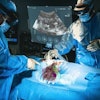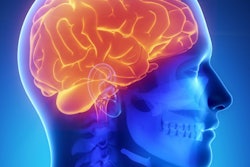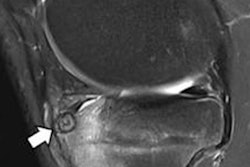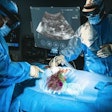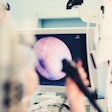Dear Advanced Visualization Insider,
Advanced visualization technologies aren't just beneficial in clinical applications; they can also be a powerful method for education.
After gaining access to 3D virtual reality (VR) radiation dosimetry simulation software, medical students and radiography students at a university in Ireland largely enjoyed the experience. What's more, almost three out of four of the students reported that it improved their confidence for understanding radiation safety in the interventional radiology suite.
What else did they think about the VR simulation software? Click on this edition's Insider Exclusive to get all of the details.
In other education news, an interactive neuroimaging exercise that includes review of CT and MRI images also elicited higher confidence among first-year medical students for understanding brain structures and learning anatomic terms about the brain.
Meanwhile, a nomogram was found to perform well for predicting relapse in prostate cancer patients who undergo prostate specific membrane antigen PET-guided radiotherapy after prostatectomy.
CT body composition analysis has shown that asymptomatic adults with myosteatosis have a higher risk for major adverse cardiovascular events. You can also delve further into these results by viewing our video interview with lead author Dr. Maxime Nachit, PhD, of the University of Louvain in Brussels.
Lung cancer patients can also benefit from CT body composition analysis, which can help to determine their prognosis.
The combination of deep learning and micro-CT is effective for tracking the progression of lung disease, as well as evaluating the effectiveness of treatment response. Also, antithrombotic therapy can safely be continued in women undergoing breast core-needle biopsy.
A minority of radiology chief residents are exposed to 3D printing as part of their curricula, according to a recent study. However, most want to learn about 3D printing and incorporate it into their residency experience.
Speaking of 3D printing, 4D flow MRI of 3D-printed models has revealed important clinical information that may aid treatment of atrial fibrillation. In addition, a 3D slice-to-volume MRI method can accurately describe and measure the fetal optic pathway.
Is there a story you'd like to see covered in the Advanced Visualization Community? Please feel free to drop me a line.



